Home>Interior Design>Should Every Wall Have Something On It? Expert Designer Tips
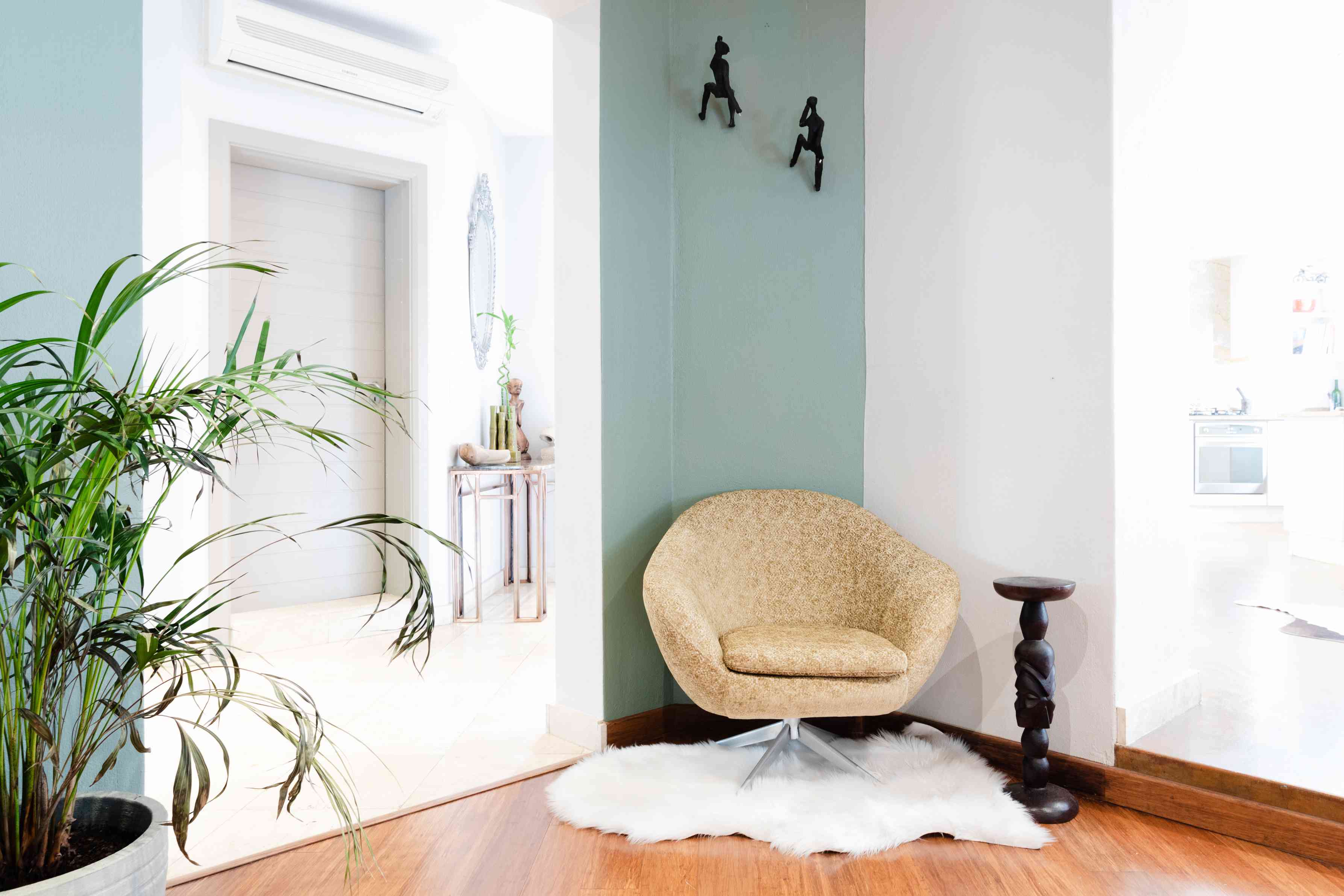

Interior Design
Should Every Wall Have Something On It? Expert Designer Tips
Modified: January 19, 2024
Discover expert tips on interior design and whether every wall should have something on it. Learn from experienced designers.
(Many of the links in this article redirect to a specific reviewed product. Your purchase of these products through affiliate links helps to generate commission for Storables.com, at no extra cost. Learn more)
Introduction
When it comes to interior design, one of the key elements that often gets overlooked is wall decor. Many people focus on furniture, flooring, and accessories, but forget about the importance of adorning the walls. However, expert designers know that walls play a crucial role in defining the overall aesthetic and ambiance of a space.
The question that often arises is whether every wall should have something on it. While there is no one-size-fits-all answer, it is essential to consider the advantages of incorporating wall decor into your design scheme. Not only does it add visual interest and depth, but it also helps to create a cohesive and personalized space.
In this article, we will delve into the significance of wall decor and provide expert tips on how to strike the right balance in your interior design. Whether you are revamping a room or starting from scratch, these insights will help you make informed decisions and elevate your space to new heights.
Key Takeaways:
- Wall decor is crucial in interior design, adding depth and personality to a space. Finding the right balance and incorporating personal style can create a visually stunning and inviting environment that reflects your unique taste and personality.
- Considerations such as maximizing small spaces, choosing the right size and proportions, and considering the functional aspects of wall decor are essential in creating a space that is both beautiful and practical.
The Importance of Wall Decor
Wall decor is not just about filling up empty space; it serves a vital purpose in interior design. It has the power to transform a room from plain and dull to vibrant and captivating. Here are some key reasons why wall decor should never be underestimated:
- Enhanced Visual Appeal: Blank walls can make a room feel incomplete and lackluster. Wall decor adds personality and visual interest, making the space more appealing to the eye. Whether it’s artwork, mirrors, or wall hangings, they have the ability to anchor the design and tie everything together.
- Expressing Personal Style: Your choice of wall decor is a visible representation of your personality and style. It allows you to showcase your interests, passions, and unique taste. From abstract paintings to family photos, each piece adds a personal touch and helps create a space that feels like home.
- Creating a Focal Point: A well-chosen piece of wall decor can serve as a focal point in a room, drawing attention and becoming a conversation starter. It can be a large statement artwork, a gallery wall, or even a decorative statement piece like a beautiful tapestry or a vintage clock.
- Adding Depth and Dimension: Wall decor has the power to visually expand and amplify the space. For example, using mirrors strategically can make a room appear more spacious and reflect natural light. Similarly, hanging shelves or floating wall units add functional storage while creating depth and dimension.
- Setting the Mood: Different types of wall decor can evoke different moods and atmospheres. For instance, vibrant and colorful abstract paintings can infuse energy and creativity into a room, while serene nature-inspired prints can create a calming and peaceful ambiance. Choosing the right wall decor allows you to set the desired mood and vibe in each space.
- Completing the Design: Without wall decor, a room can feel unfinished and lack cohesiveness. Wall decor acts as the final touch, completing the overall design of the space. It helps to tie together different elements such as color scheme, furniture style, and flooring, resulting in a harmonious and well-curated interior.
By understanding the importance of wall decor, you can enhance the overall look and feel of your space and create a visually appealing, personalized, and inviting environment. However, it’s crucial to find the right balance and carefully select the appropriate wall decor pieces that complement your design style and meet your specific goals for each room.
Finding the Right Balance
When it comes to wall decor, finding the right balance is key. Too much decor can make a room feel cluttered and overwhelming, while too little can leave it feeling sparse and bare. Here are some expert tips to help you strike the perfect balance:
- Consider the Size of the Wall: The size of the wall should dictate the size and quantity of wall decor. A small wall will look best with a single large piece or a small group of smaller items, while a larger wall can accommodate multiple pieces or a gallery-style arrangement. Keep in mind the scale and proportion so that the wall decor doesn’t overpower or get lost in the space.
- Create Visual Hierarchy: Establish a focal point on the wall to create visual interest and guide the eye. This could be a large statement piece of art, a gallery wall arrangement, or a decorative feature like a fireplace or an accent wall. The rest of the wall decor should complement and support the focal point without competing for attention.
- Mix and Match: Create visual intrigue and variety by mixing different types of wall decor. Combine artwork with mirrors, floating shelves with decorative objects, or tapestries with hanging plants. Experiment with various textures, materials, and styles to add depth and layering to the wall.
- Consider the Room’s Function: The purpose of the room should influence the choice of wall decor. For example, in a bedroom, you may want to create a tranquil and soothing environment, so opting for calming artwork or a minimalist approach can be suitable. In contrast, a vibrant and energetic living room may benefit from bold and colorful wall decor.
- Use Negative Space: Don’t feel compelled to fill every inch of wall space. Embrace negative space and give the decor room to breathe. This will create a sense of balance and allow the eye to rest. Blank spaces can also help highlight specific pieces and create a more curated and intentional look.
- Consider the Overall Aesthetic: The wall decor should align with the overall aesthetic of the room. Choose pieces that complement the existing colors, patterns, and materials in the space. The style of the decor should enhance and contribute to the desired atmosphere and theme of the room.
Remember, finding the right balance is subjective and depends on your personal style and preferences. However, following these tips will help you create a visually pleasing and harmonious arrangement that brings life and character to your walls without overpowering the space.
Creating a Focal Point
A focal point is a key component of interior design that draws attention and creates visual interest. When it comes to wall decor, creating a focal point is essential to make a statement and elevate the overall design of a space. Here are some tips to help you create a captivating focal point on your walls:
- Large Statement Artwork: Hang a large piece of artwork that captures attention and sets the tone for the room. Choose a painting, photograph, or print that reflects your style and complements the overall color scheme and theme. Consider bold, vibrant pieces for a modern and dramatic look, or go for serene landscapes for a calm and peaceful ambiance.
- Gallery Wall: Create a gallery wall by displaying an assortment of smaller artworks or photographs in an organized and cohesive arrangement. Mix and match different sizes, frames, and art styles to add visual interest. A gallery wall is a great way to showcase your personality and create a focal point that tells a story about your life, travels, or interests.
- Mirrors: Mirrors not only serve a practical purpose but also make excellent focal points. Choose an oversized mirror or a decorative mirror with an interesting frame to create a stunning visual impact. Mirrors not only reflect light and create the illusion of a larger space but also add a touch of glamour and elegance to the room.
- Accent Wall: Paint or wallpaper one wall in a different color or pattern to make it stand out. This accent wall becomes an instant focal point and can be further enhanced with the addition of wall decor. Whether it’s a large piece of art or a decorative wall hanging, placing it against the accent wall will draw the eye and create a striking focal point.
- Architectural Features: Highlight existing architectural features such as a fireplace, exposed brick wall, or a unique architectural detail. By arranging wall decor around these features or emphasizing them with strategically placed lighting, you can enhance their visual impact and make them the focal point of the room.
- Statement Decor Pieces: Consider using a bold and eye-catching statement piece as the focal point. This can be a large sculpture, a unique tapestry, or a decorative feature such as a vintage clock or a distinctive lighting fixture. These elements serve as conversation starters and add a touch of personality and intrigue to your walls.
By creating a focal point on your walls, you bring energy, character, and a sense of purpose to the room. It becomes the visual centerpiece that ties everything together and leaves a lasting impression. Remember to choose a focal point that aligns with your style and the overall theme of the space, and let it shine as the star of your wall decor arrangement.
Enhancing Visual Appeal
Wall decor plays a vital role in enhancing the visual appeal of a space. It adds personality, depth, and visual interest, elevating the overall design. Here are some expert tips to help you enhance the visual appeal of your walls:
- Color and Texture: Use wall decor to introduce color and texture into your space. Whether it’s through vibrant artwork, textured tapestries, or woven wall hangings, incorporating different colors and textures adds dimension and visual intrigue to the walls.
- Groupings and Arrangements: Experiment with different groupings and arrangements to create visual impact. Instead of hanging a single piece of artwork, consider arranging a collection of smaller artworks in a grid pattern, salon-style collage, or asymmetrically for a modern look. This adds visual interest and creates a dynamic focal point.
- Layering: Layering wall decor adds depth and complexity to the design. Hang artwork on top of a decorative shelf or place a mirror in front of a gallery wall. This overlapping effect creates a visually intriguing composition and enhances the overall appeal of the walls.
- Wallpaper and Murals: Consider using wallpaper or murals to transform your walls into works of art. Bold patterns, intricate designs, or scenic wallpapers can completely change the atmosphere of a room. These statement wall coverings add visual drama and create a unique focal point.
- Lighting: Accentuate your wall decor by adding appropriate lighting. Use picture lights to highlight paintings or wall sconces to create ambient lighting. Well-placed lighting fixtures not only draw attention to the wall decor but also enhance its visual appeal.
- Mix Different Types of Decor: Combine different types of wall decor to create visual contrast. Mix paintings with mirrors, hang tapestries alongside framed photographs, or incorporate floating shelves with decorative objects. This eclectic mix adds visual intrigue and creates a curated look.
- Reflective Surfaces: Incorporate reflective surfaces in your wall decor. Mirrors, metallic accents, or even glass elements can reflect light and make a room appear larger and brighter. This adds visual interest while enhancing the overall aesthetic of the space.
By implementing these strategies, you can enhance the visual appeal of your walls and create a stunning focal point. Remember to consider the style and theme of your space when choosing wall decor, and don’t be afraid to experiment with different combinations and arrangements to create a visually captivating environment.
Utilizing Different Types of Wall Decor
Wall decor comes in various forms, and by utilizing different types, you can add depth, texture, and visual interest to your space. Here are some popular options for wall decor:
- Artwork: Paintings, prints, and photographs are classic choices for wall decor. Choose pieces that resonate with your personal style and complement the color scheme and theme of the room. Whether it’s abstract, landscape, or portrait art, artwork adds personality and becomes a focal point on your walls.
- Mirrors: Mirrors serve both functional and decorative purposes on your walls. They reflect light and create an illusion of more space, making the room appear larger and brighter. Mirrors come in various shapes and sizes, from round and oval to rectangular and ornately framed, allowing you to choose a mirror that suits your style and enhances the aesthetics of the room.
- Wall Hangings: Wall hangings such as tapestries, macrame, and woven art pieces have gained popularity in recent years. They add a bohemian and eclectic touch to your walls, infusing texture, color, and visual interest. Hang them singly or create a gallery-style arrangement for a unique and eye-catching look.
- Shelves: Floating shelves or wall-mounted shelves are functional wall decor pieces that can showcase decorative objects, plants, or books. They not only provide storage and organization but also add dimension and visual interest by bringing elements off the wall. Mix and match different-sized shelves to create an artistic display.
- Wall Decals and Stickers: Wall decals and stickers are an easy and temporary way to add visual interest to your walls. They come in a wide range of designs, patterns, and sizes, allowing you to customize your space and create unique focal points or accent walls. Wall decals are particularly popular in children’s rooms, where they can bring characters, animals, or whimsical designs to life.
- Gallery Wall: A gallery wall is a collection of framed artwork, photographs, or other wall decor items arranged in a visually pleasing composition. It allows you to display a curated collection of pieces that tell a story or reflect your personal style. Mix and match different sizes, frames, and art styles to create a dynamic and personalized focal point on your walls.
- Wall Clocks: Wall clocks not only serve a functional purpose but also add a decorative element to your walls. They come in various designs, from modern and minimalist to vintage and ornate styles, making them versatile additions to any room. Choose a clock that matches the overall aesthetic and adds a touch of personality to your space.
By utilizing different types of wall decor, you can bring your walls to life and create a visually appealing and personalized environment. Mix and match these options based on your style, preferences, and the overall theme of the room. Don’t be afraid to get creative and think outside the box to make a statement with your wall decor choices.
Not every wall needs to have something on it. Sometimes negative space can be just as impactful as a decorated wall. Consider the overall balance and visual flow of the space before deciding to add something to every wall.
Incorporating Personal Style
One of the most exciting aspects of wall decor is the opportunity to incorporate your personal style into the design. Your walls serve as a canvas to showcase your interests, hobbies, and memories. Here are some tips to help you infuse your personal style into your wall decor:
- Showcase Artwork: Select artwork that speaks to you and reflects your taste. Whether you’re drawn to abstract paintings, modern photography, or traditional landscapes, choose pieces that resonate with you. The artwork you display on your walls is a reflection of your personality and can serve as a conversation starter.
- Display Travel Mementos: If you’re a travel enthusiast, incorporate mementos from your adventures into your wall decor. Hang maps, display souvenirs, or create a gallery wall of photographs from your favorite destinations. These personal touches not only add visual interest but also remind you of cherished memories and experiences.
- Show Your Hobbies: Use your walls to showcase your hobbies and passions. If you’re a music lover, display framed concert posters or album covers. If you’re a sports fan, hang jerseys or vintage sports memorabilia. Your walls can become a gallery that reflects your unique interests and sparks joy.
- Personal Photographs: Incorporate personal photographs into your wall decor to make it truly personalized. Create a gallery wall of family photos or display a curated selection of your favorite images. Personal photographs capture cherished moments and add a personal touch to your space.
- DIY Wall Decor: Get creative and make your own wall decor pieces. Whether it’s a handmade macrame wall hanging, a painted canvas, or a collage of meaningful objects, creating your own decor adds a personal and unique touch to your walls. It’s a great way to express your creativity and showcase your artistic skills.
- Use Meaningful Objects: Incorporate objects that hold personal significance to you. It could be an heirloom, a cherished antique, or a sentimental item passed down through generations. These objects not only add visual interest but also tell a story and make your space feel uniquely yours.
- Express Your Color Palette: Choose wall decor pieces that align with your preferred color palette. Whether you’re a fan of vibrant and bold colors or prefer a more subdued and neutral palette, selecting decor that matches your color scheme establishes a cohesive and personalized look.
By incorporating your personal style into your wall decor, you can create a space that truly reflects who you are. Remember, the key is to choose pieces that resonate with you, tell your story, and make you feel at home in your surroundings. Let your walls become a reflection of your unique personality and style.
Maximizing Small Spaces
Decorating small spaces can be a challenge, but with the right wall decor strategies, you can make the most of your limited square footage. Here are some tips to help you maximize small spaces:
- Choose Light Colors: Opt for light-colored wall decor to create an illusion of a larger space. Light shades reflect more natural light and make the room feel brighter and more open. Consider using pastels, whites, or soft neutrals for your wall decor pieces.
- Use Mirrors: Mirrors are a small space’s best friend. They reflect light and create the illusion of depth, making the room appear more spacious. Hang a large mirror or create a gallery wall of smaller mirrors to visually expand the space and add a touch of elegance.
- Wall-Mounted Shelves: Utilize wall-mounted shelves to eliminate the need for floor space. Floating shelves provide additional storage and display options without taking up valuable square footage. Use them to showcase small plants, books, or decorative objects while keeping your surfaces clutter-free.
- Vertical Storage: Maximize your wall space by incorporating vertical storage solutions. Install wall-mounted cabinets or shelves that reach all the way to the ceiling. This will draw the eye upward, creating the illusion of higher ceilings and providing ample storage space for your belongings.
- Strategic Placement: Consider the placement of your wall decor to optimize the flow of the room. Avoid placing large and bulky pieces directly in walkways or near doorways, as this can make the space feel cramped. Instead, position your wall decor in areas that naturally draw the eye and enhance the overall aesthetic of the room.
- Multipurpose Decor: Look for wall decor pieces that serve dual purposes to maximize functionality in small spaces. For example, choose wall-mounted hooks that can hold coats, bags, or keys while adding a decorative element. A wall-mounted desk can double as a work surface and a display area.
- Opt for Vertical Art Arrangements: When arranging artwork or photographs, go for vertical arrangements instead of horizontal ones. Vertical lines create an upward visual flow, making the room appear taller and more spacious. Hang artwork in a column or create a gallery wall with vertically-oriented frames.
- Keep It Simple: In small spaces, simplicity is key. Avoid cluttering your walls with excessive decor. Choose a few impactful pieces that make a statement and leave plenty of negative space. By keeping it simple, you allow the eye to focus on the key elements and create an airy and open feel.
By following these tips, you can make the most of your small space and create a visually appealing and functional environment. Remember to prioritize light colors, utilize mirrors, and strategically choose wall decor that enhances the overall flow and aesthetics of the room. With thoughtful planning and creativity, even the smallest of spaces can feel spacious and inviting.
Choosing the Right Size and Proportions
When it comes to wall decor, choosing the right size and proportions is essential to create a balanced and visually appealing space. Here are some tips to help you make the right choices:
- Consider the Wall Space: Take into account the size of the wall where you will be placing the decor. A small piece of art on a large, empty wall may look insignificant and out of proportion. Similarly, a large piece on a small wall can overwhelm the space. Measure the wall and visualize how the decor will fill the space before making a decision.
- Follow the Rule of Thirds: The rule of thirds is a popular design principle that suggests dividing a space into a grid of nine equal parts, and placing key elements along the lines or at the intersections. Apply this rule when choosing the size and placement of your wall decor to achieve a visually harmonious arrangement.
- Consider the Height: Take into account the height of the wall when selecting wall decor. For instance, a tall vertical artwork can help balance out the height of a room with high ceilings, while horizontal pieces work well on lower ceilings. Be mindful of keeping the decor at eye level for optimal viewing.
- Grouping and Arranging: When arranging multiple pieces of wall decor, consider the overall composition and balance. Groupings of smaller pieces can be arranged in a grid pattern or asymmetrically for a dynamic look. Make sure the sizes and proportions of each piece complement each other and create a cohesive arrangement.
- Proportions with Furniture: When hanging wall decor above furniture, maintain proper proportions. As a general rule, the art or decor piece should be around two-thirds the width of the furniture below it. This ensures that the decor feels balanced and visually connected to the furniture.
- Overarching Theme: Consider the overall theme and style of your space when choosing the size and proportions of your wall decor. Modern and minimalist spaces may benefit from larger, statement pieces, while traditional or eclectic spaces may incorporate a mix of small and medium-sized items for a layered look.
- Symmetry and Asymmetry: Decide whether you want to create a symmetrical or asymmetrical look when arranging your wall decor. Symmetry can create a sense of order and formality, while asymmetry allows for more creativity and visual interest. Both approaches can be effective, so choose the one that aligns with your style and the overall vibe of the space.
By considering the size and proportions of your wall decor, you can create a visually appealing and well-balanced arrangement. Take into account the wall space, follow design principles like the rule of thirds, and consider the height and furniture placement in the room. With careful consideration and attention to detail, you can create a cohesive and aesthetically pleasing display on your walls.
Considering the Functional Aspect
While wall decor primarily serves an aesthetic purpose, it’s also essential to consider the functional aspect when choosing and arranging your wall decor pieces. Here are some factors to consider:
- Space Optimization: Use wall decor to maximize the functionality of your space. Consider wall-mounted shelves or hooks to provide additional storage for items like books, plants, or keys. This helps keep your surfaces clutter-free and creates a more organized and efficient environment.
- Functional Decor Pieces: Look for wall decor that serves a dual purpose. For example, wall-mounted mirrors not only add visual interest but also serve as a reflection of light and create the illusion of a larger space. Clocks not only enhance the aesthetic but also provide a functional timekeeping element.
- Accessibility: When selecting wall decor, think about its accessibility and whether it will interfere with daily activities. Avoid placing low-hanging decor pieces in high-traffic areas or above pieces of furniture that require frequent access. Ensure that the decor does not obstruct the flow of movement in the room.
- Acoustics: Consider the impact of wall decor on the acoustics of the room. If you have a room with poor sound absorption, consider adding acoustic panels or textured wall hangings to help reduce echo and improve the overall sound quality in the space.
- Safety and Fragility: Take into account the safety and fragility of the wall decor pieces, especially if you have children or pets. Avoid hanging heavy or fragile items in areas where they can be easily knocked over or where they may pose a safety risk.
- Flexibility: Choose wall decor that allows for flexibility and adaptability. Opt for pieces that can be easily moved or rearranged if you decide to change the layout or decor of the room. This ensures that your wall decor can evolve along with your changing preferences and needs.
- Lighting Considerations: Think about how your wall decor interacts with lighting sources in the room. Ensure that your decor pieces do not obstruct or interfere with light fixtures. Consider placing wall decor strategically to accentuate natural light or to create a soft and flattering ambiance with artificial lighting.
By considering the functional aspect of your wall decor, you can create a space that not only looks visually appealing but also enhances the overall functionality and livability of the room. Choose decor pieces that optimize space, serve a dual purpose, are safely placed, and allow for flexibility. A well-balanced approach will result in a stylish and practical wall decor arrangement.
Conclusion
Wall decor is an essential element in interior design that should never be overlooked. It adds depth, personality, and visual interest to a space, transforming it from ordinary to extraordinary. By understanding the importance of wall decor and considering various factors such as balance, personal style, size and proportions, and functionality, you can create a visually stunning and functional environment that reflects your unique taste and personality.
When it comes to wall decor, it’s important to strike the right balance. Too much can overwhelm a room, while too little may leave it feeling incomplete. Finding the sweet spot involves considering the size of the wall, creating focal points, and mixing different types of decor. By doing so, you can achieve a visually pleasing and harmonious arrangement that enhances the overall aesthetic.
“The secret to great design is capturing the spirit of the client and the essence of the space.” – Arthur Gensler
Your personal style is what makes your space truly yours. Incorporating your interests, hobbies, and memories into your wall decor adds a touch of personality and creates an environment that feels like home. Whether it’s showcasing artwork, displaying travel mementos, or incorporating DIY creations, infusing your personal style into your walls allows you to create a space that is a true reflection of who you are.
Considerations such as maximizing small spaces, choosing the right size and proportions, and considering the functional aspects of your wall decor are all essential to creating a space that is both beautiful and practical. By understanding the needs and limitations of your space, you can optimize its functionality while still achieving a visually appealing arrangement that suits your lifestyle.
In conclusion, wall decor is a powerful tool in interior design. It has the ability to transform a room, express personal style, and enhance the overall aesthetics of a space. By finding the right balance, incorporating personal touches, and considering various factors, you can create a stunning and inviting environment that is truly your own.
So, let your walls tell your story and create a space that reflects your unique taste and lifestyle. With the right wall decor choices, you can turn any room into a work of art.
Frequently Asked Questions about Should Every Wall Have Something On It? Expert Designer Tips
Was this page helpful?
At Storables.com, we guarantee accurate and reliable information. Our content, validated by Expert Board Contributors, is crafted following stringent Editorial Policies. We're committed to providing you with well-researched, expert-backed insights for all your informational needs.
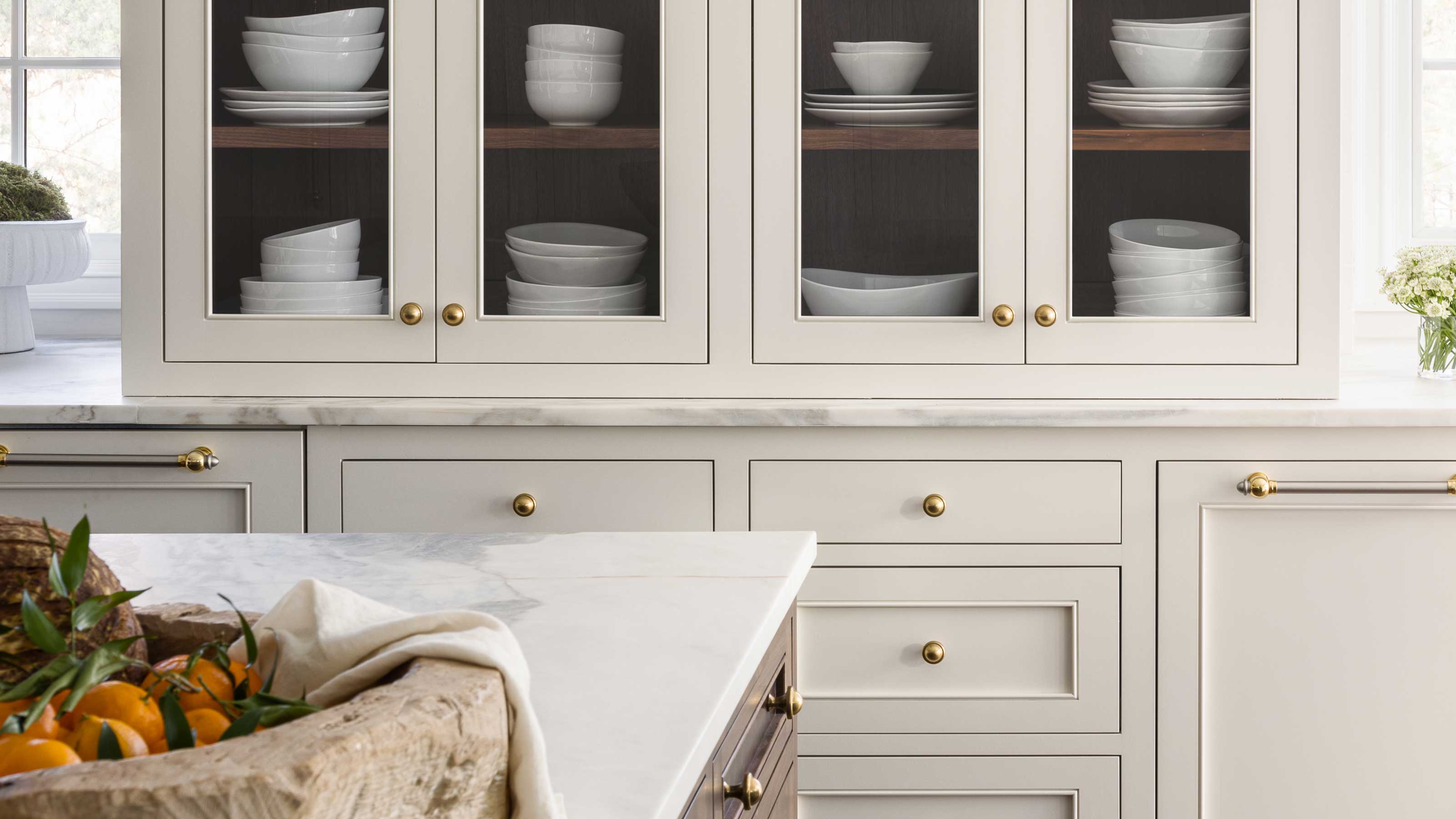
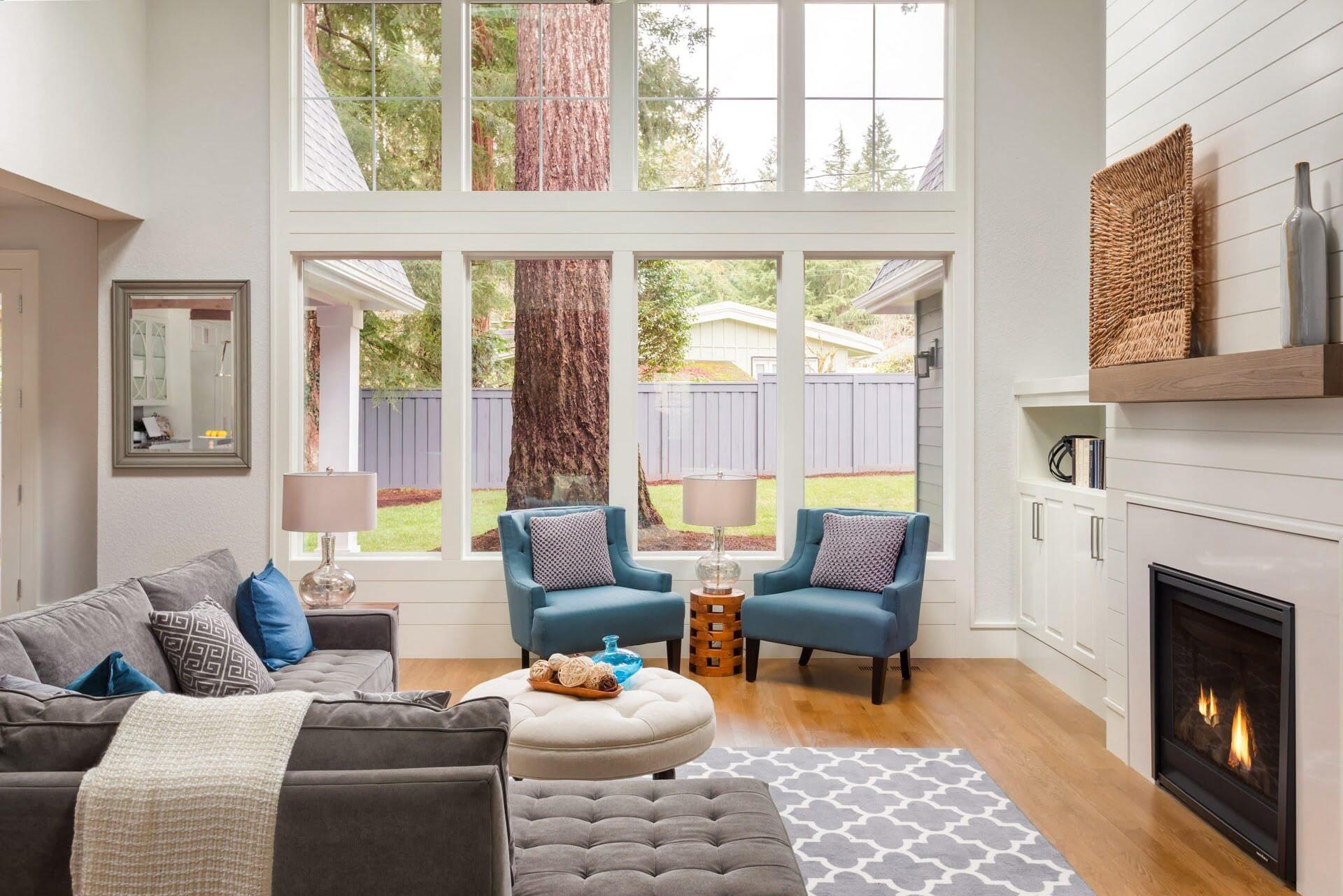
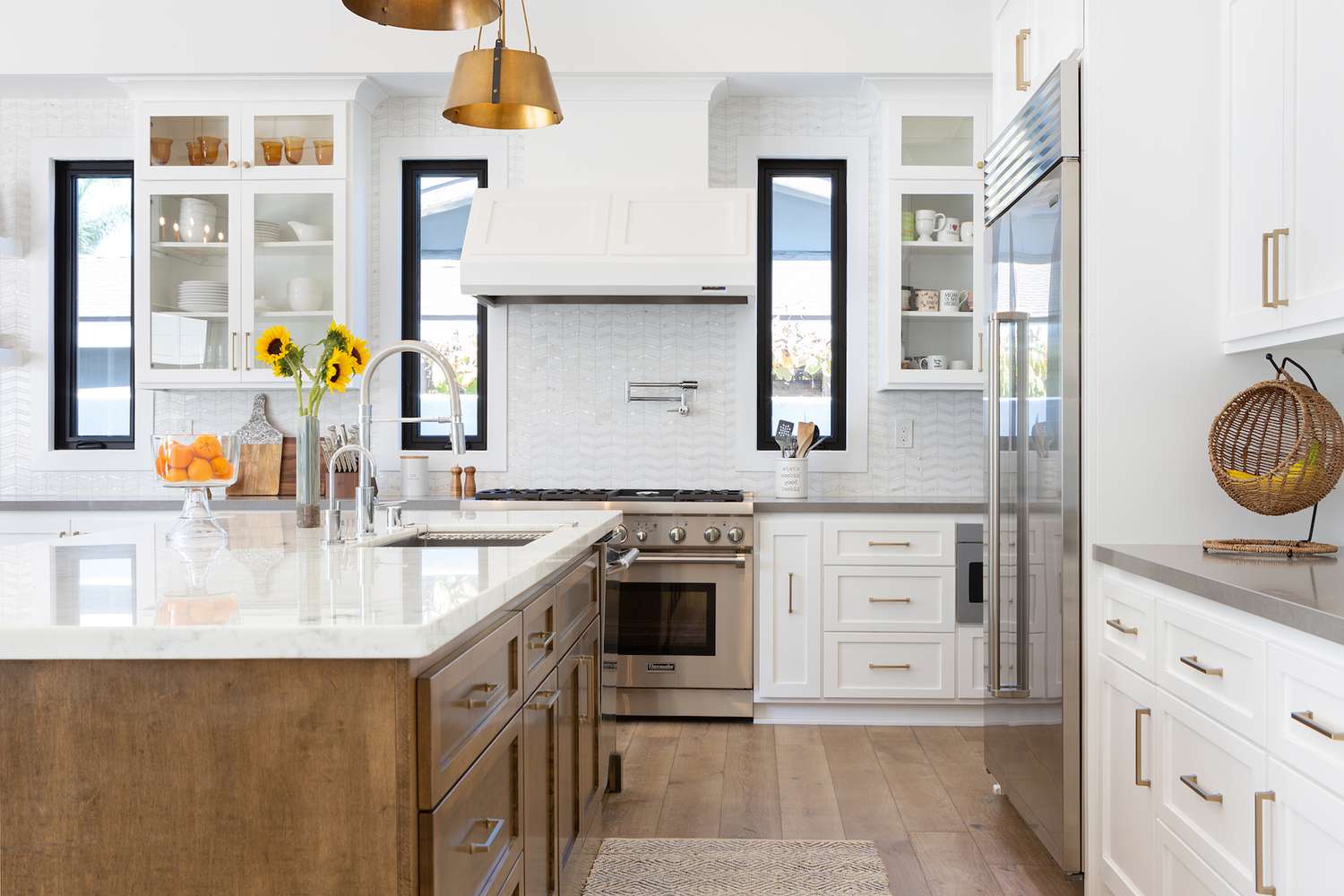
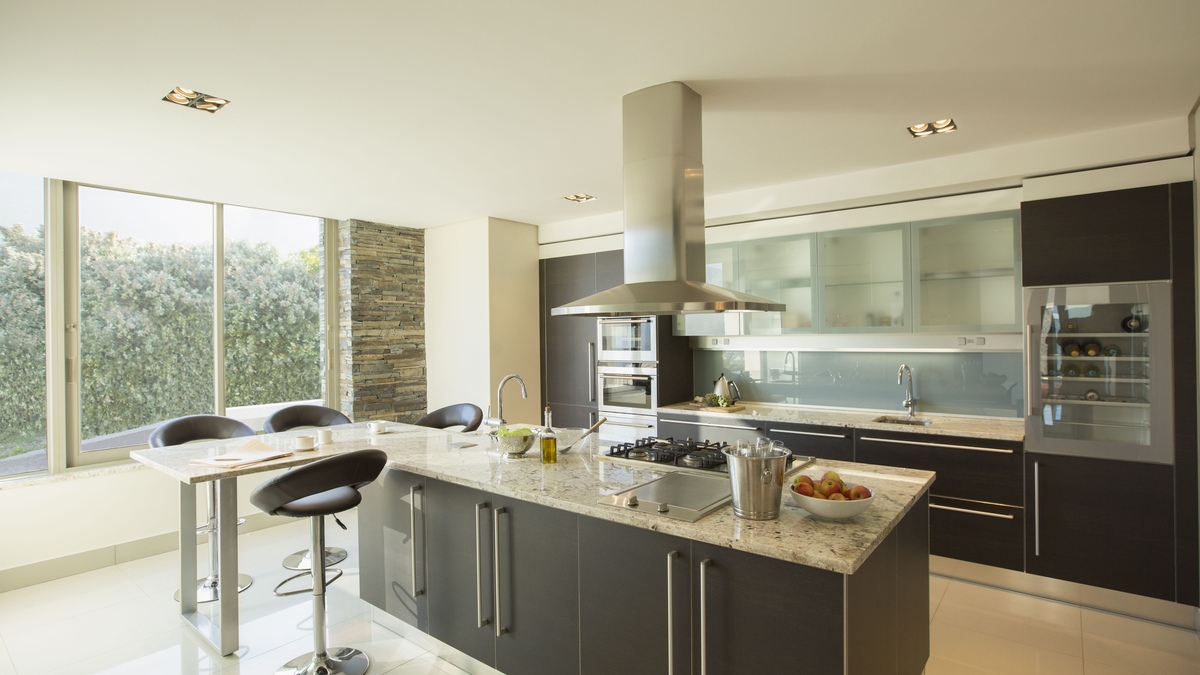
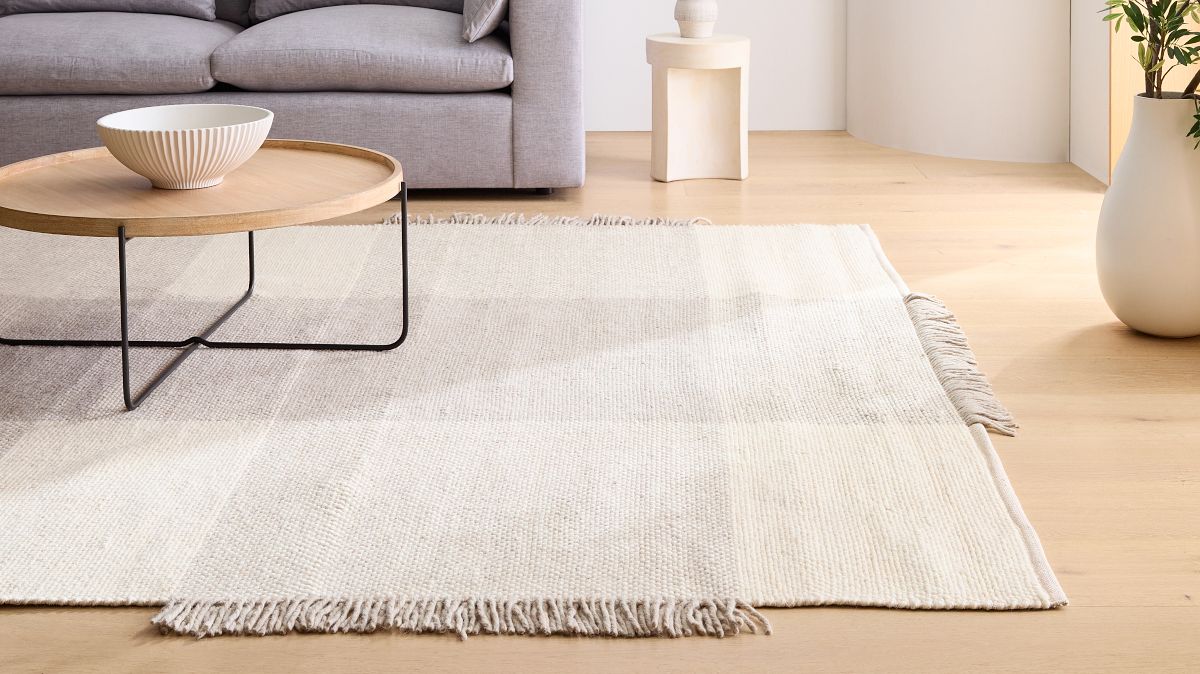
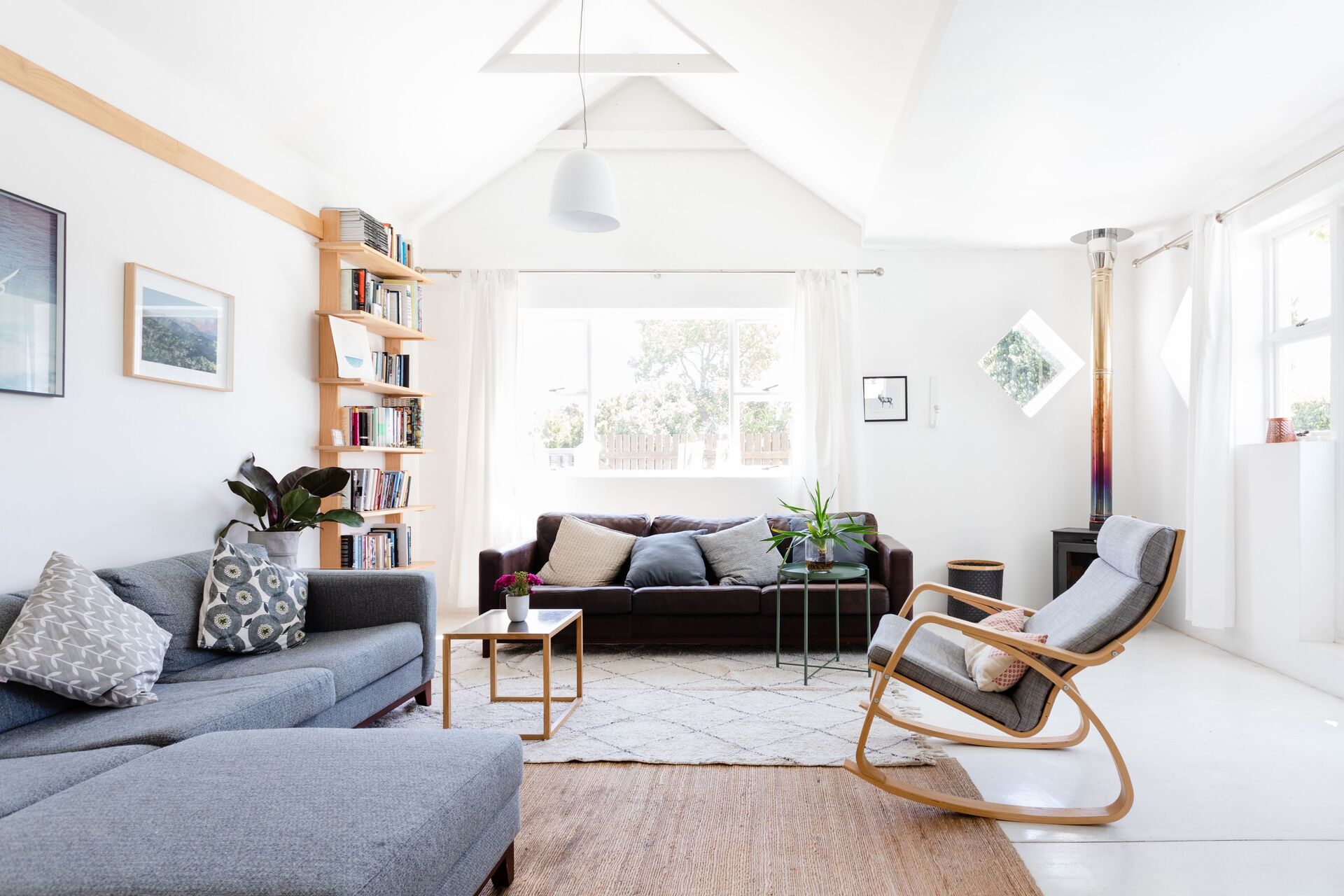
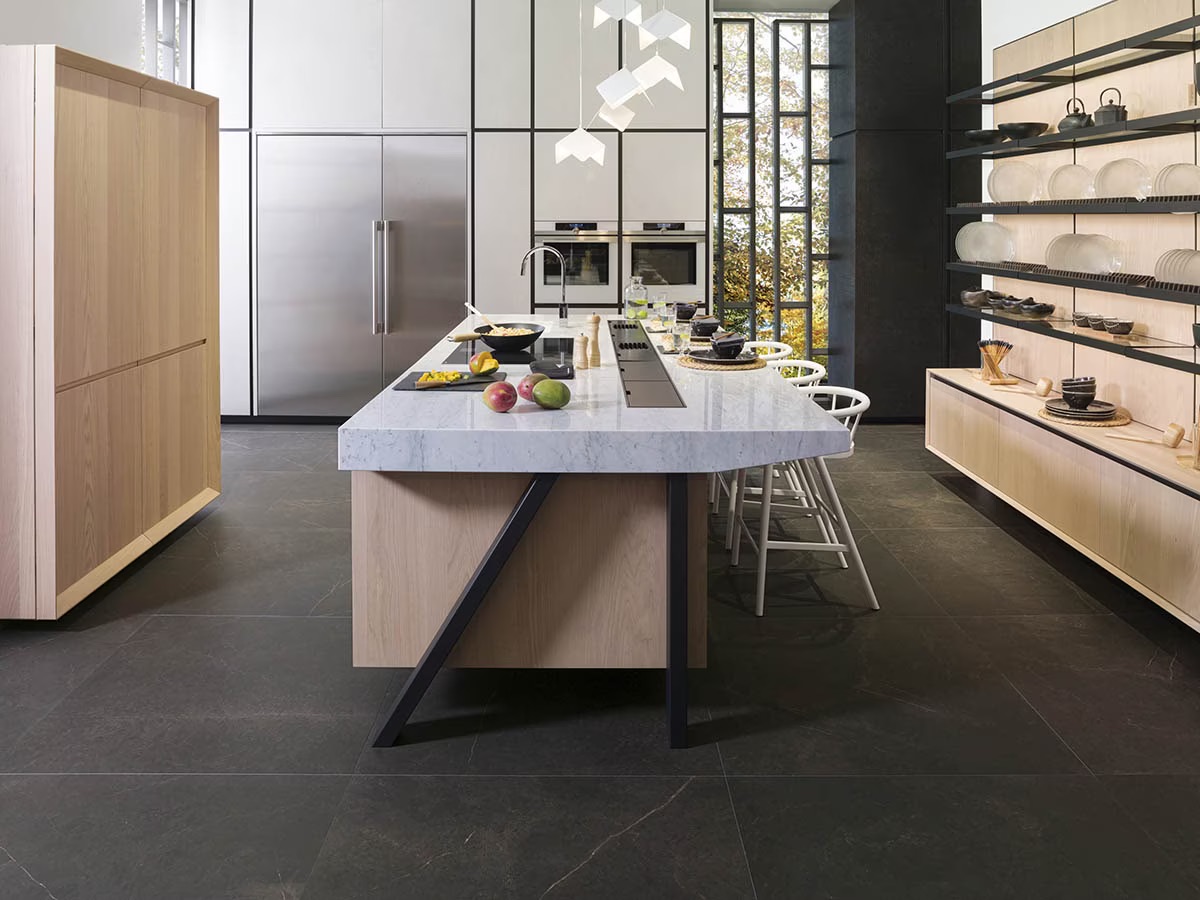
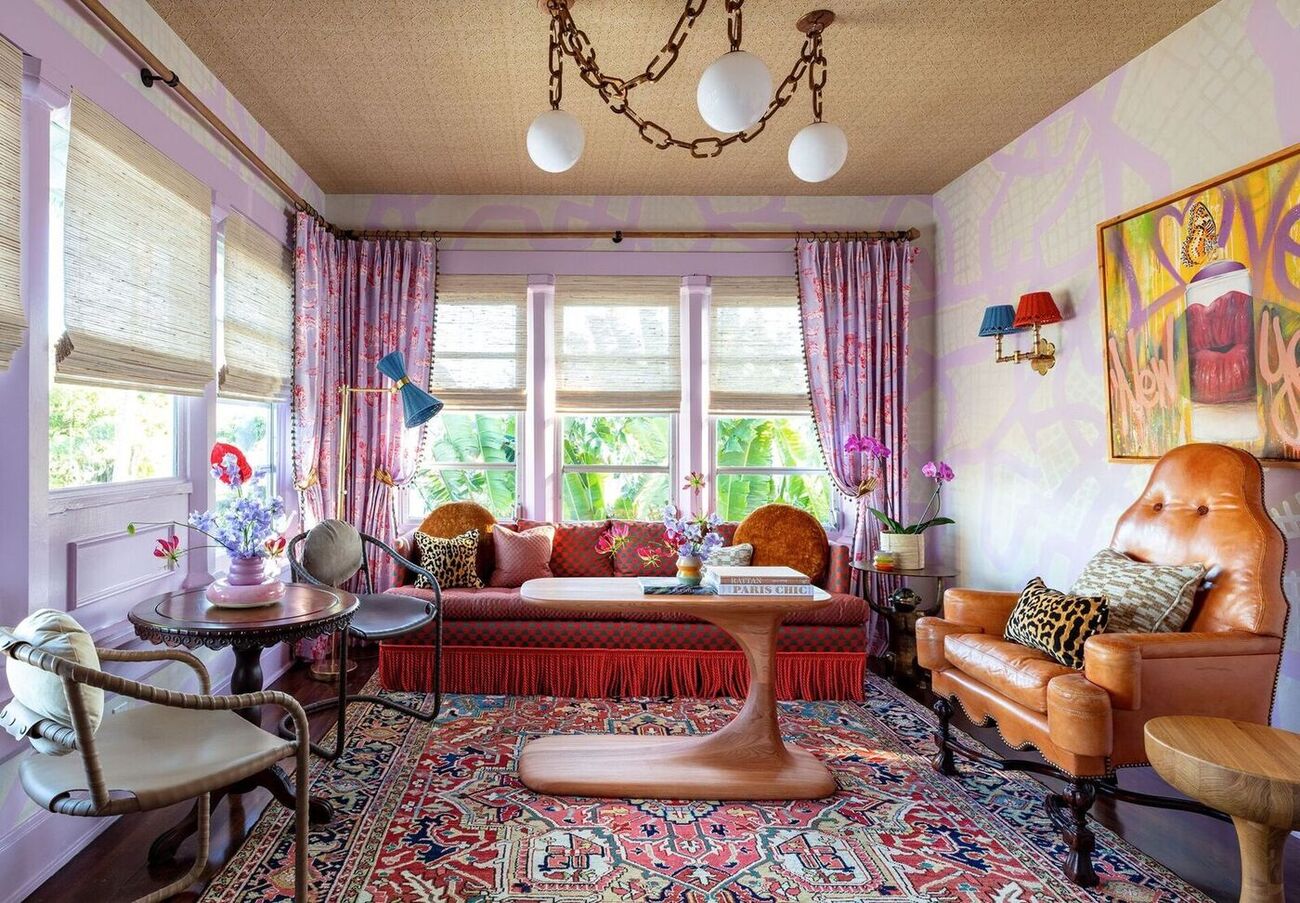
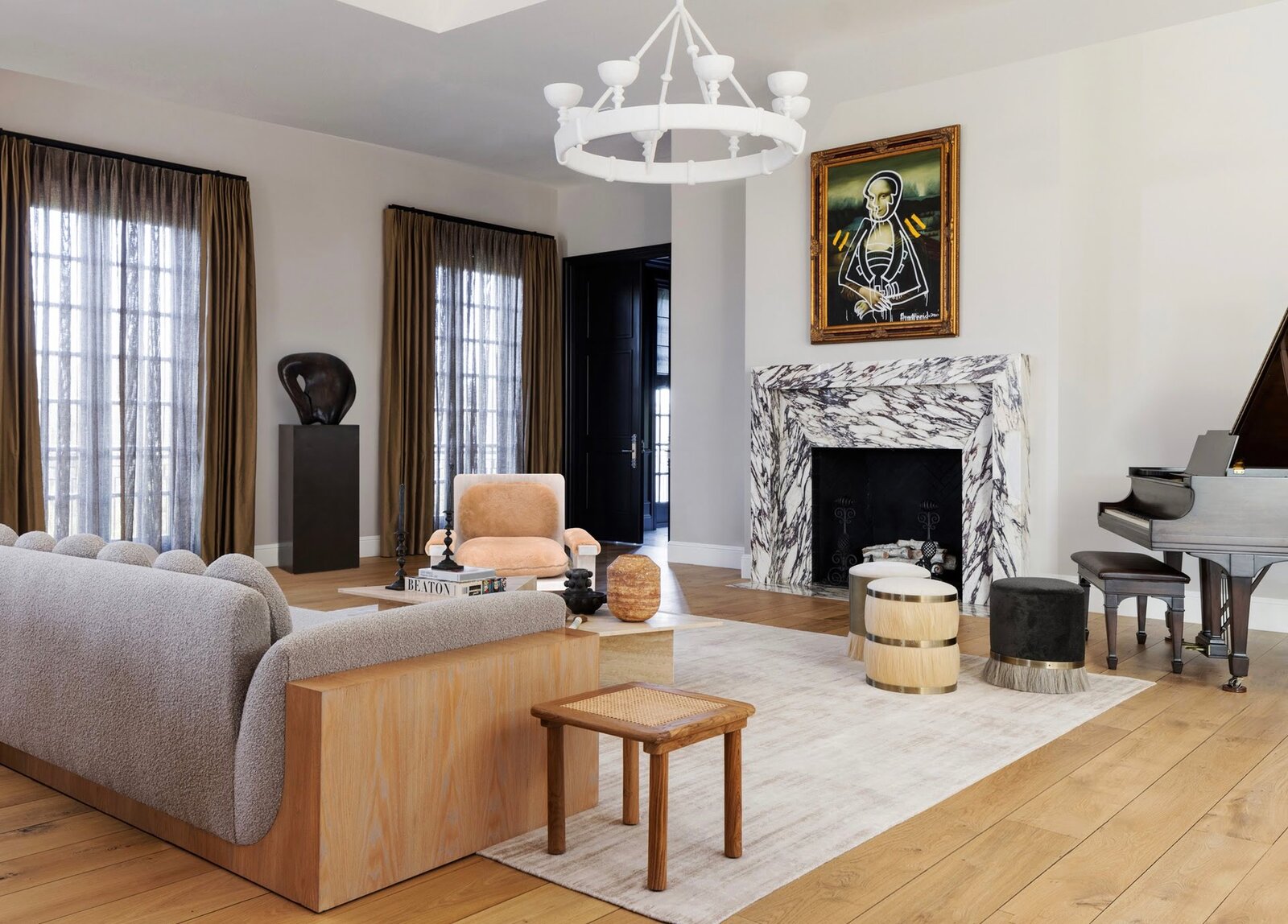
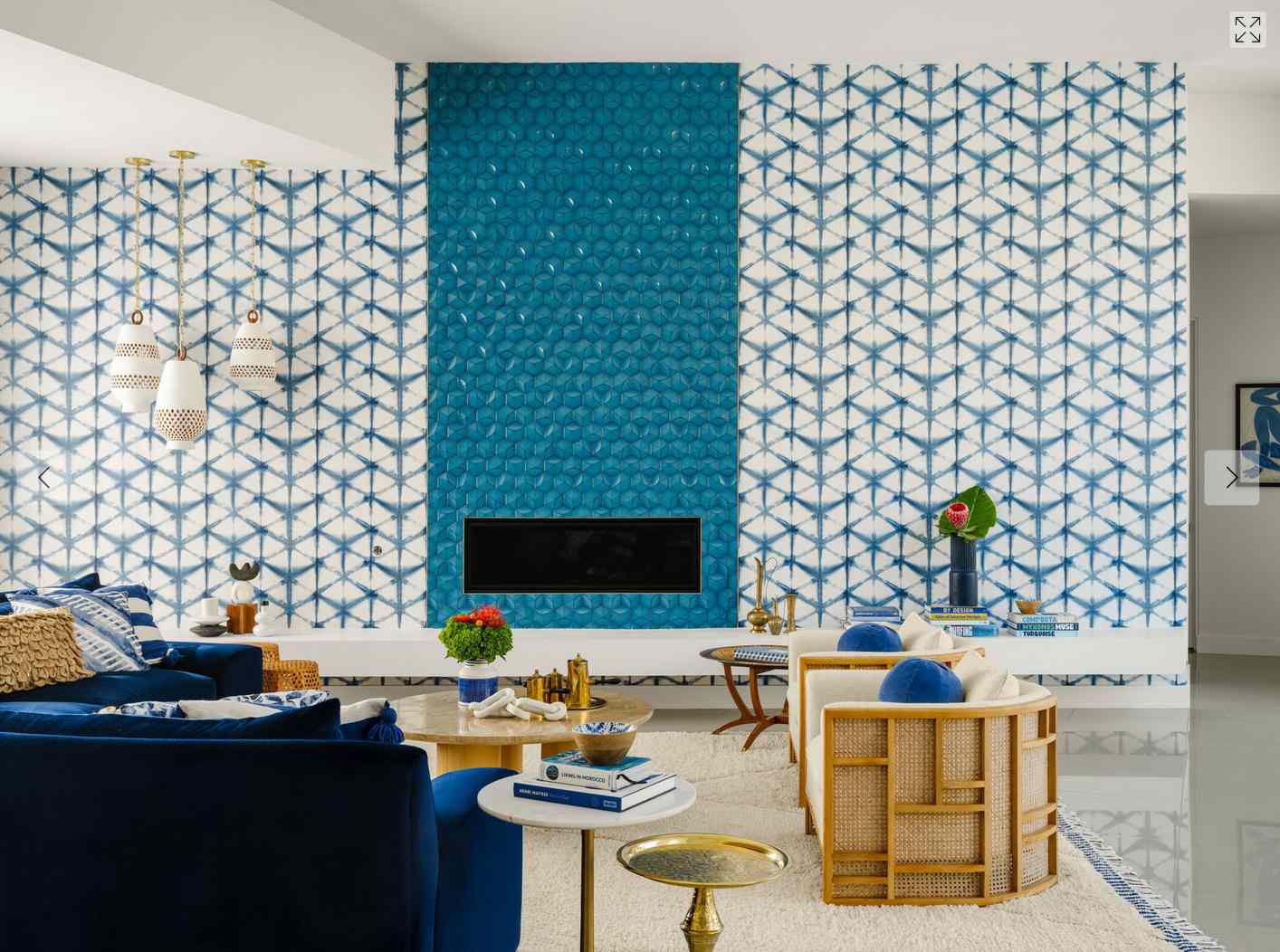
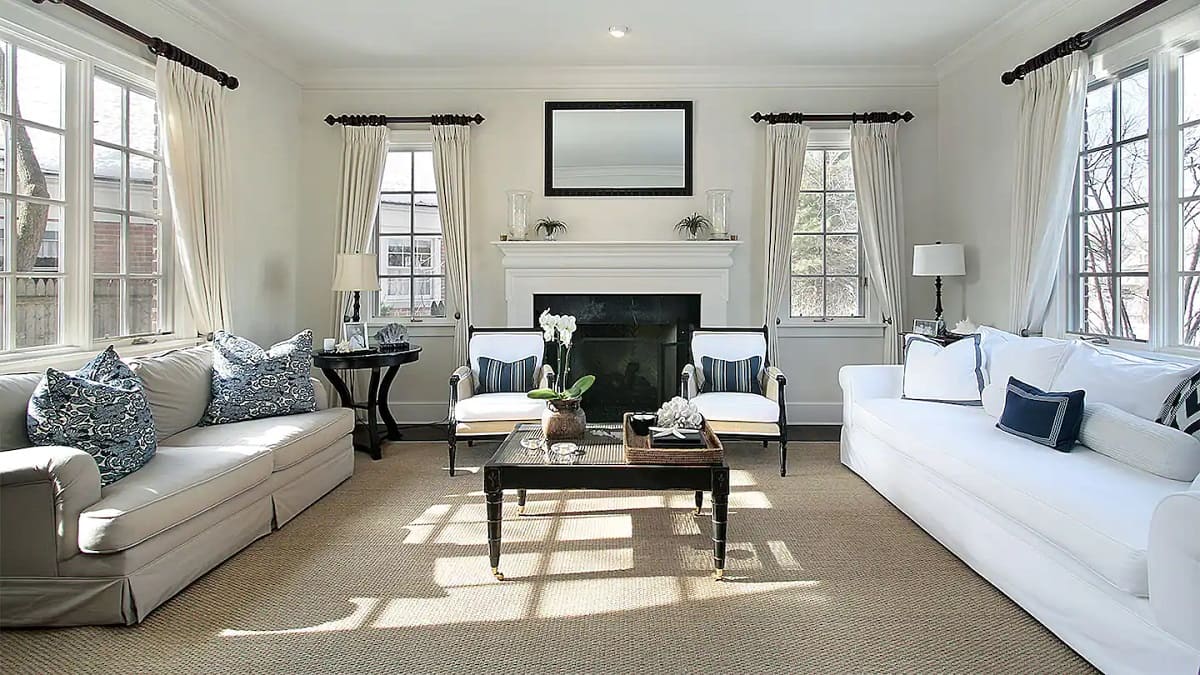
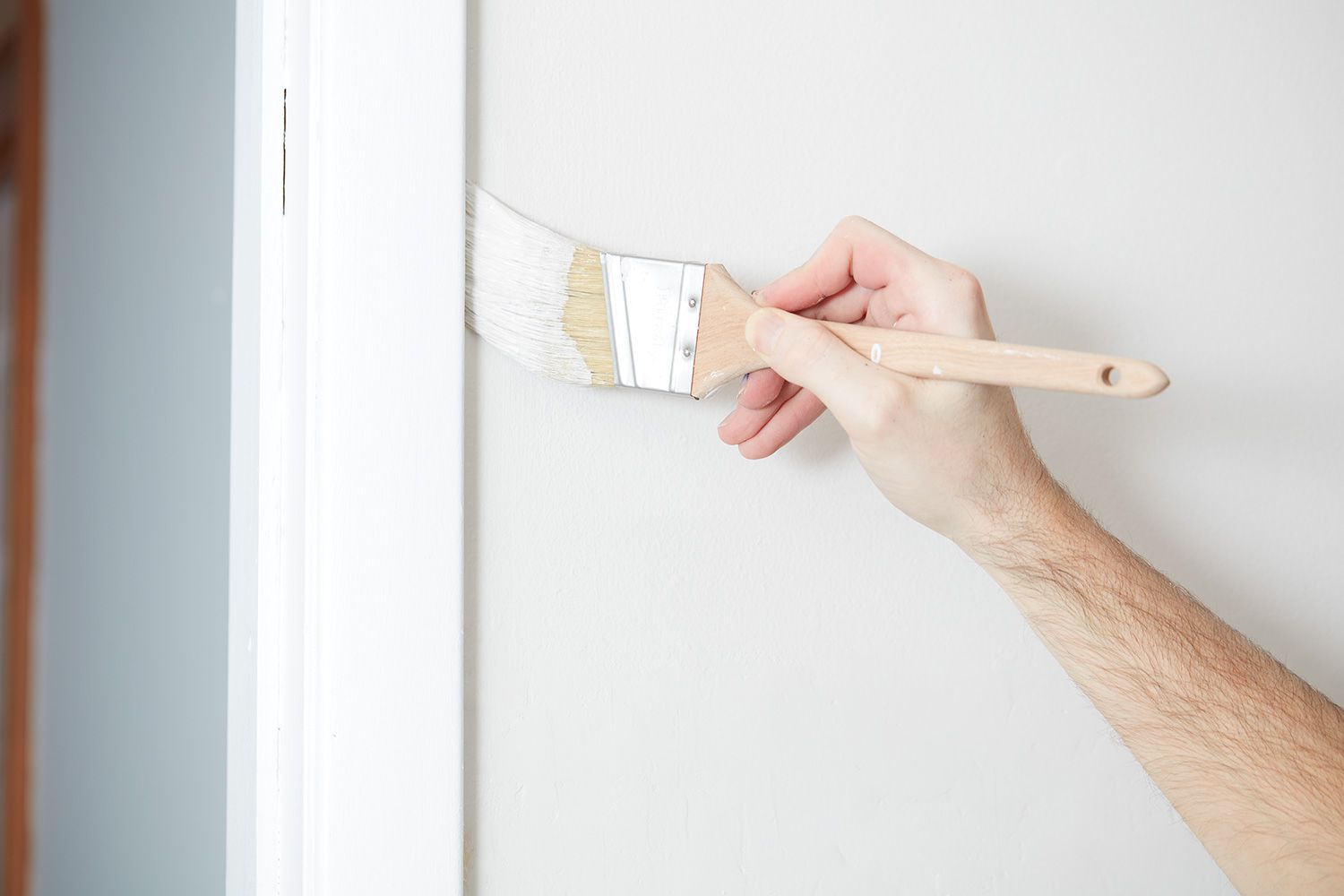


0 thoughts on “Should Every Wall Have Something On It? Expert Designer Tips”